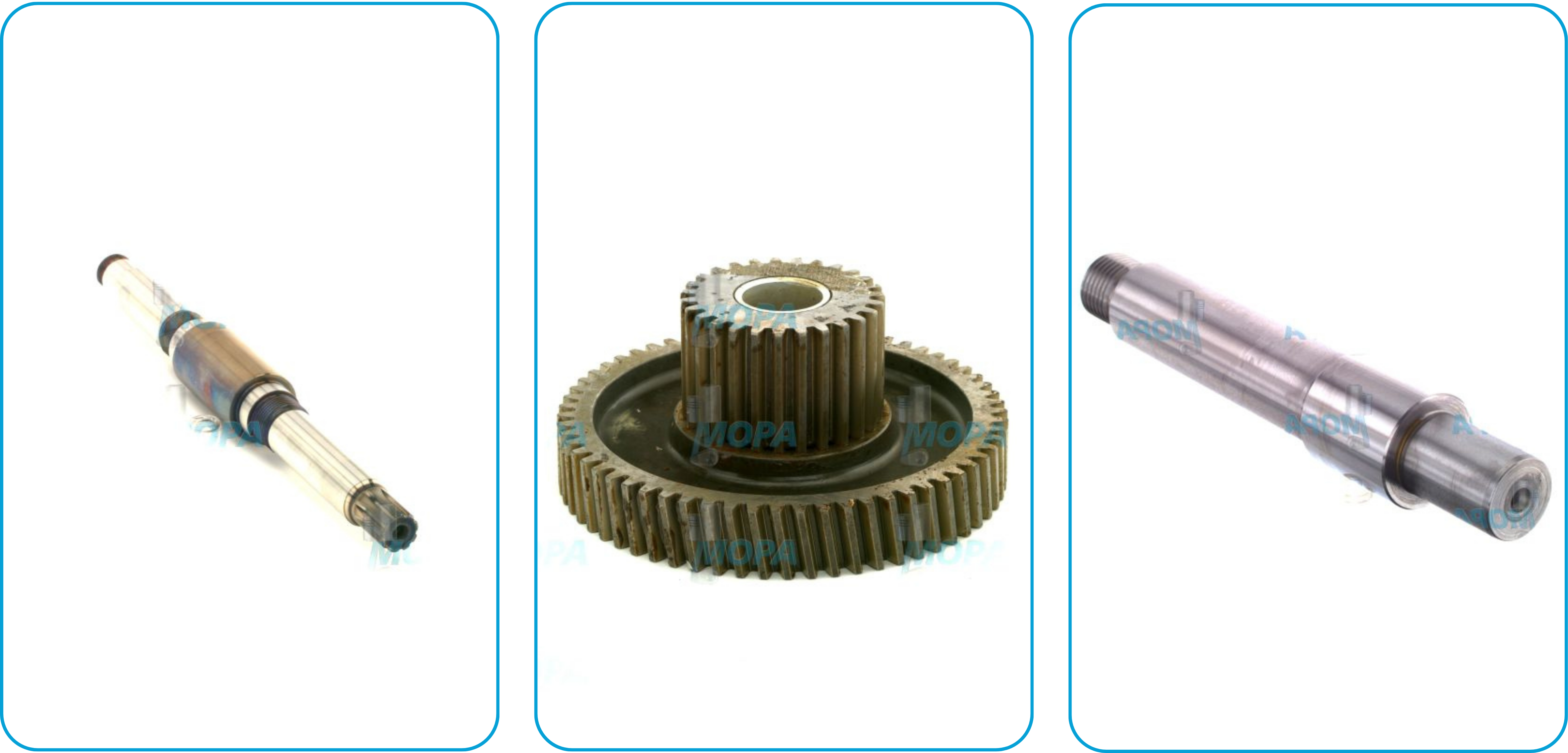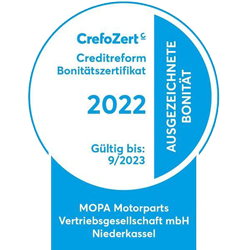Gear wheel – precision motion for marine & industrial
A high-quality gear wheel is essential for transmitting motion and torque in any industrial or marine engine system. In complex applications—from generator drives and propulsion units to compressors and auxiliary machinery—the gear wheel ensures controlled movement, mechanical stability, and precise timing. For B2B buyers, selecting OEM-grade gear wheel components means lower wear, longer service life, and optimal engine performance.
What is a gear wheel?
A gear wheel is a rotating machine element with cut teeth designed to mesh with another toothed component, transferring power and modifying speed or direction. Often called a toothed wheel, it’s typically made from hardened steel or alloyed materials to handle high stress, rotation, and friction in engine environments.
Depending on the layout, gear wheels may be part of an inline motor gearbox, a multi-stage reduction system, or a synchronized motor & gearbox assembly. Precise interaction between gear wheels ensures smooth load transitions and protects surrounding parts from mechanical shock.
Function and benefits of gear wheels
Within any engine or powertrain system, the gear wheel plays a critical role in adjusting torque and rotational speed. It controls the relationship between motor RPM and load demand. In heavy-duty diesel systems, misaligned or worn engine gears can cause vibration, overheating, or even total failure.
A properly selected and maintained gear wheel tooth design helps:
- Ensure exact synchronization between rotating parts
- Minimize energy loss due to slippage
- Reduce heat buildup from friction
- Extend the operating life of the motor gearbox
- Prevent backlash and mechanical damage
Gear types, material properties, and marine use
Gear wheels come in many variants: spur gears, helical gears, bevel gears, and planetary configurations—each suited for different torque and spatial requirements. Materials include hardened steel, nitrided surfaces, bronze alloys, and in some cases composite coatings to reduce noise or friction.
In marine applications, the gearbox marine environment demands corrosion resistance and high shock tolerance. The motor & gearbox units on vessels often run under continuous high load, making robust gear tooth design and tight tolerances essential for safety and longevity.
Compatibility and industrial use cases
Our gear wheel components are built to OEM specifications and fit a wide range of motor gearbox setups from leading engine brands. They are commonly used in:
- Marine propulsion and auxiliary systems
- Industrial gas engines and generator drives
- Railway traction and engine coupling
- Heavy-duty compressors and pumps
Whether you are replacing individual engine gears or sourcing a complete gearbox marine unit, our parts deliver precision and durability—tested for tolerance, hardness, and thermal load handling.
Buying advantages with us
We offer OEM-compliant gear wheel products and related drivetrain components. Our customers benefit from:
- Global DHL Express shipping
- Detailed technical support
- Competitive pricing for gear wheels and motor gearbox sets
- Ready-to-ship inventory and flexible ordering options
With every order, we help you match gear specifications precisely—minimizing the risk of improper fit or premature failure.
Related drivetrain components
In most systems, a gear wheel works in direct coordination with shafts, bearings, seals, couplings, and gearbox housings. For a complete and secure rebuild, we also supply tooth alignment tools, lubrication accessories, and replacement kits for synchronizer rings and bushings.

Frequently asked questions about gear wheels
What is a gear wheel?
A gear wheel is a toothed rotating component used to transmit torque and change speed or direction in mechanical systems like engines or gearboxes.
What are the parts of a gear wheel?
Typical elements of a gear wheel include:
- Gear body or hub
- Teeth profile (gear wheel tooth)
- Keyways or splines for mounting
- Surface treatment (hardened, ground, coated)
These features define how efficiently the gear wheel meshes with other engine gears in high-load systems.






